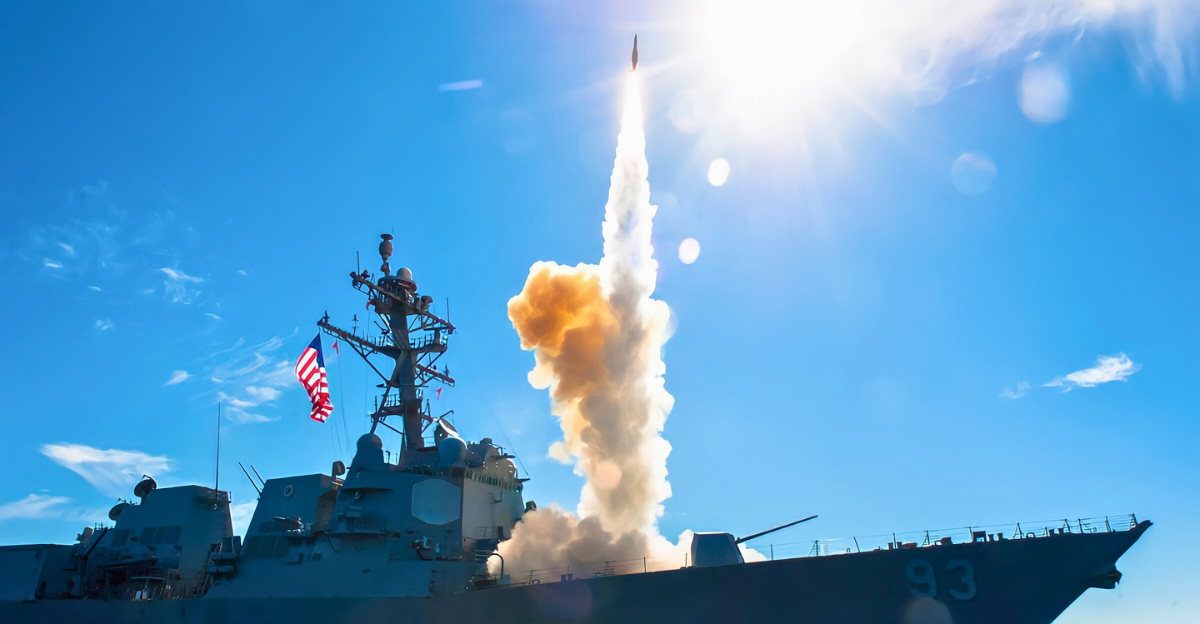
Beneath the deck of a Navy destroyer, there are ninety-six vertical tubes that house multi-million-dollar missiles, each engineered for defense against various threats or for precision strikes on distant targets.
Navy analysts indicate that during high-intensity combat in the Pacific, these missiles could be depleted within a matter of hours. This rapid consumption of ammunition would necessitate that warships retreat thousands of miles to replenish their supplies.
Missile Drain
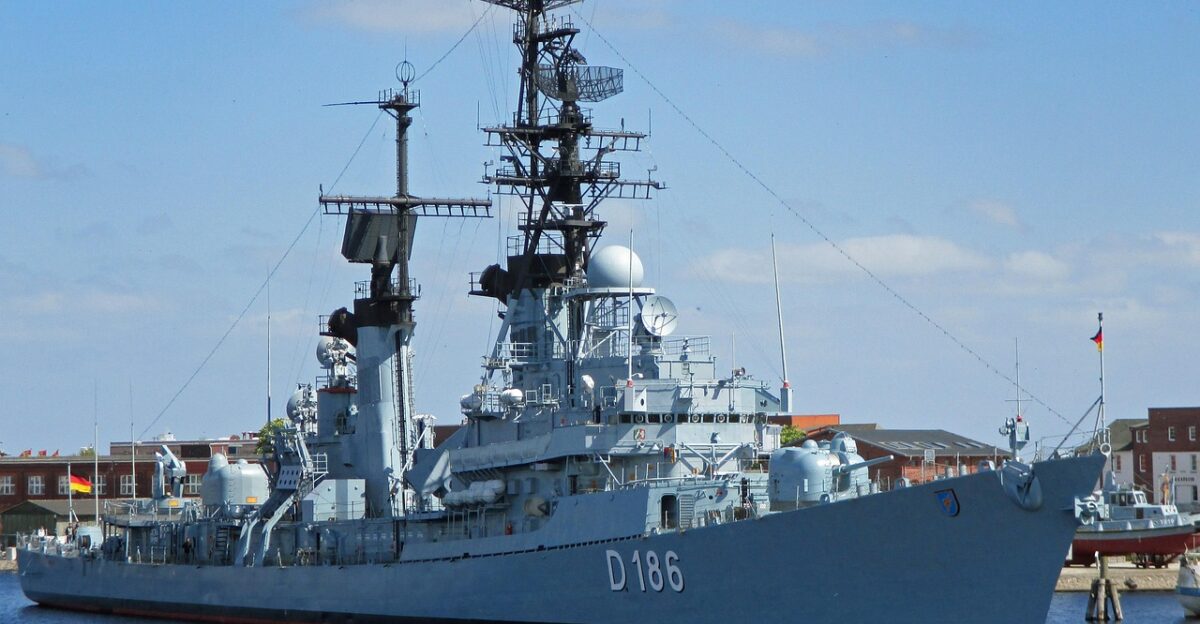
The US Navy has reportedly utilized close to 400 missiles over a 15-month period in operations against the Houthis in the Red Sea, as highlighted by Task & Purpose.
This arsenal includes 120 SM-2 interceptors and 80 advanced SM-6 missiles, both of which are notably expensive. Experts indicate that this deployment marks a significant increase in air defense ammunition, exceeding the total amount fired by the Navy in the previous three decades combined.
Cold War Ghost
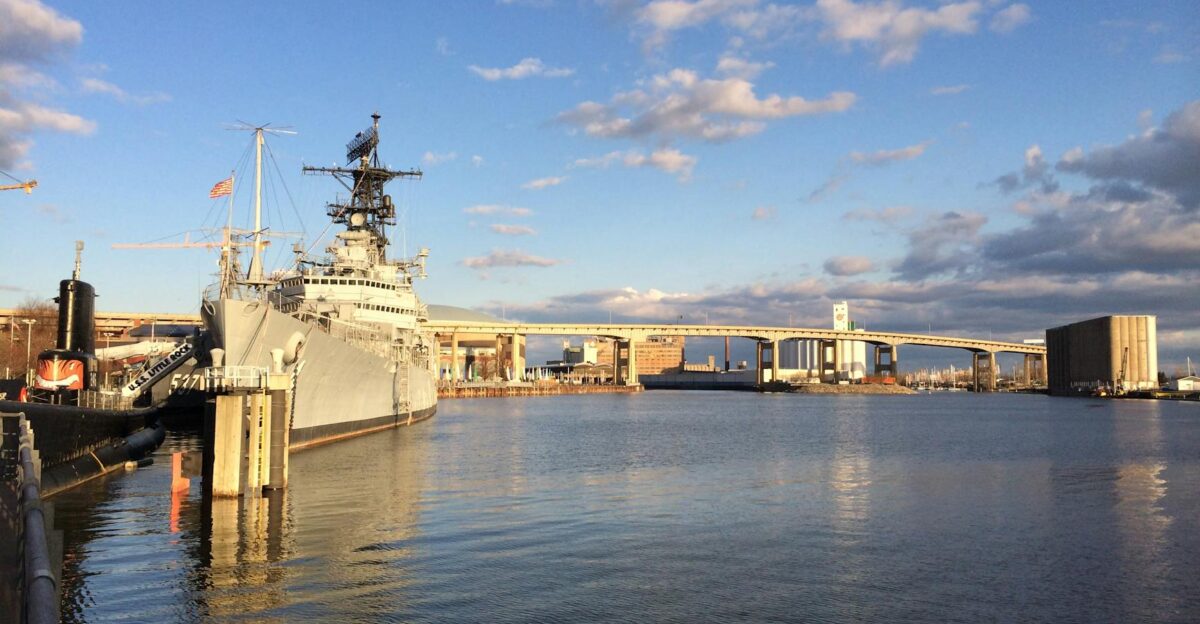
For many years following the conclusion of the Cold War, the Navy discontinued missile reloading capabilities that had previously been vital for ongoing naval operations.
As a result, naval vessels were limited to reloading their vertical launch systems only at designated piers equipped with specialized cranes located in Japan, Guam, Hawaii, and California, as reported by Defense News.
Pacific Pressure
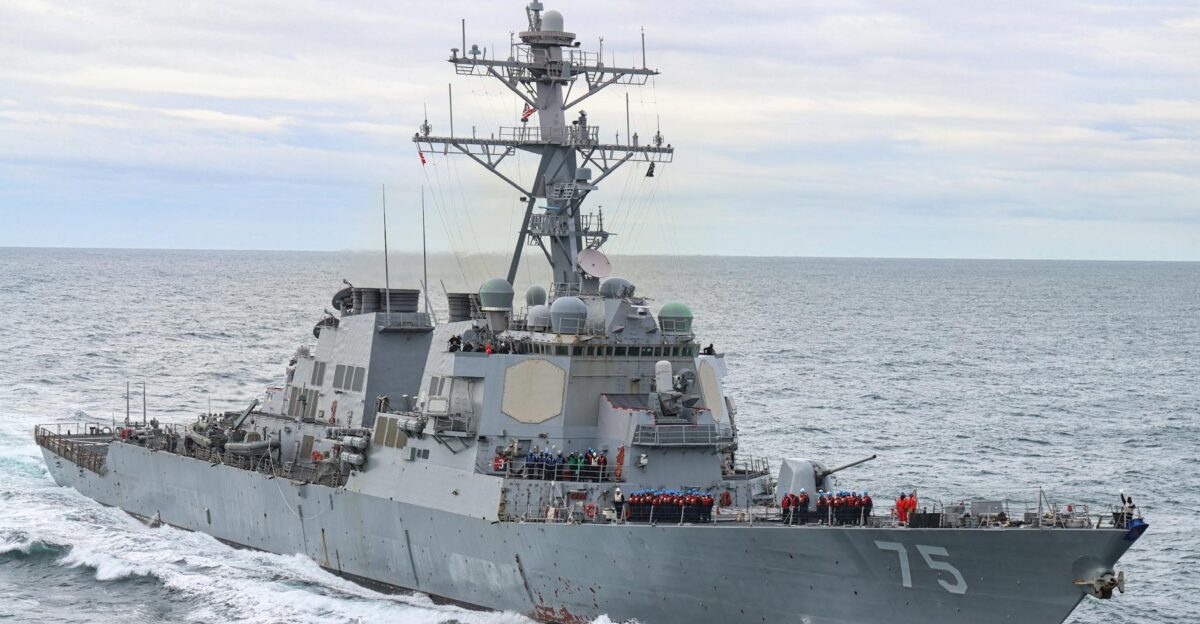
China has expanded its medium-range ballistic missile inventory by 300 weapons over a span of just over a year, resulting in a total of 1,300 missiles.
Reports from Newsweek indicate that these include the DF-21 and hypersonic DF-17 missiles, which are capable of targeting US military bases and aircraft carriers across the Western Pacific region.
Breakthrough Moment
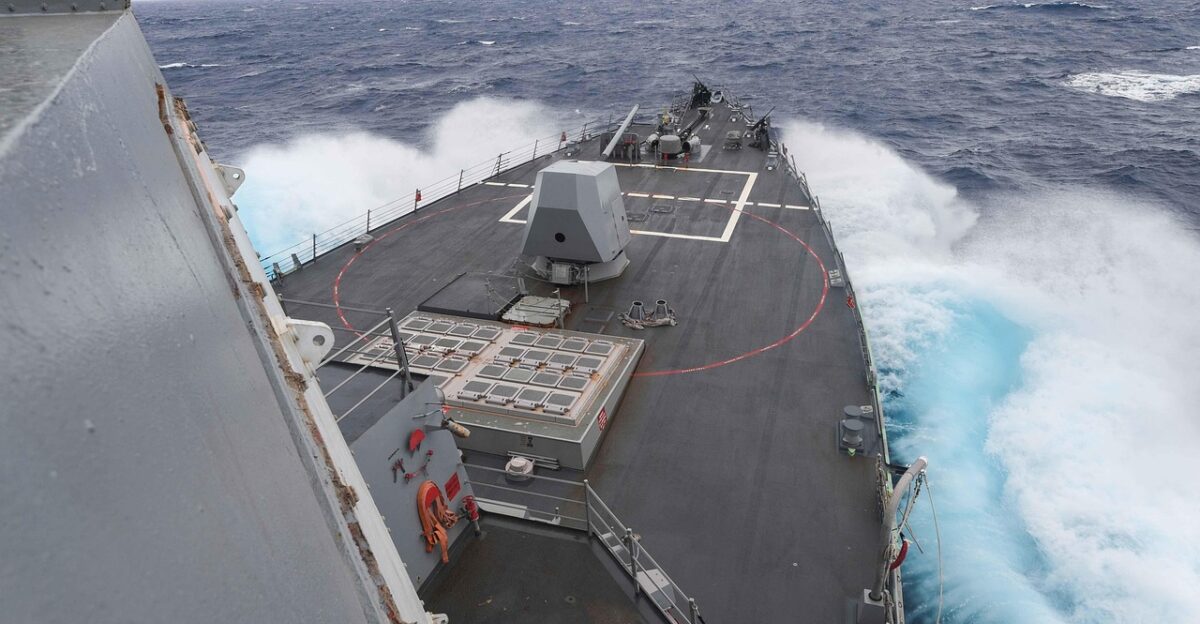
On July 28, 2025, the USS Higgins conducted a successful simulation of reloading a Standard Missile-2 while anchored near Townsville, Australia.
This exercise was designated by the Navy as essential for sustaining naval operations in the Indo-Pacific region, representing a significant milestone in the restoration of at-sea weapons reloading capabilities.
Regional Stakes
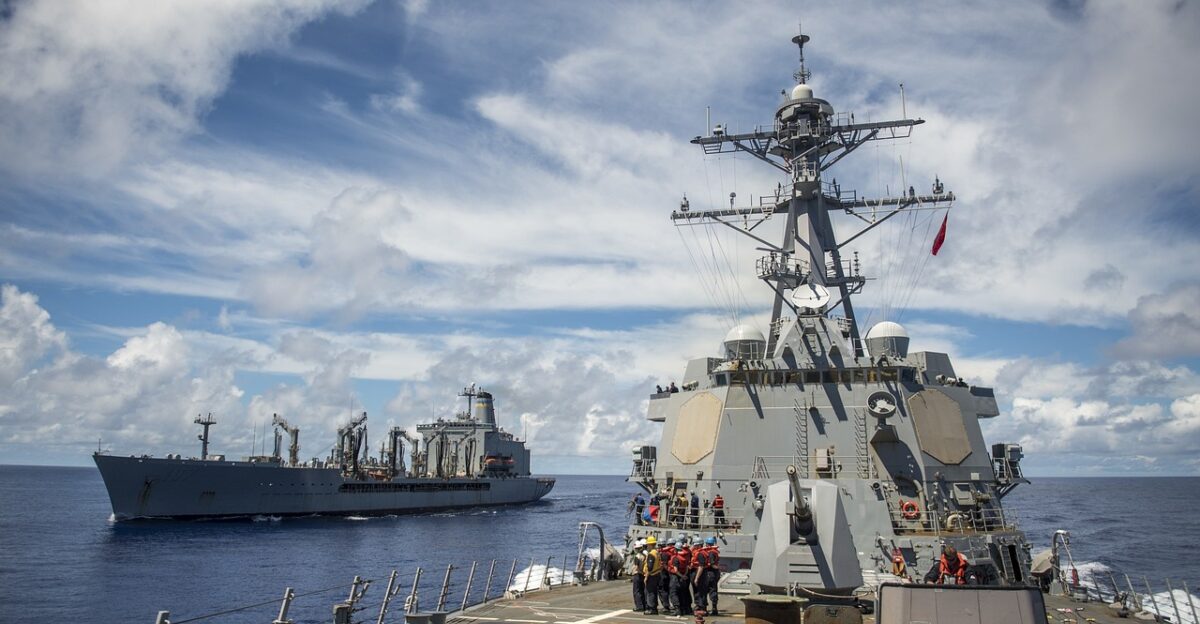
Australia has emerged as an important location for testing the US Navy’s reloading capabilities. Recent exercises have taken place in cities such as Eden, Darwin, and Townsville, allowing destroyers to practice and enhance their operational effectiveness.
These activities highlight the United States’ dedication to ensuring combat readiness across the expansive Indo-Pacific region, where allied ports may be located thousands of miles from active combat zones.
Teamwork Success
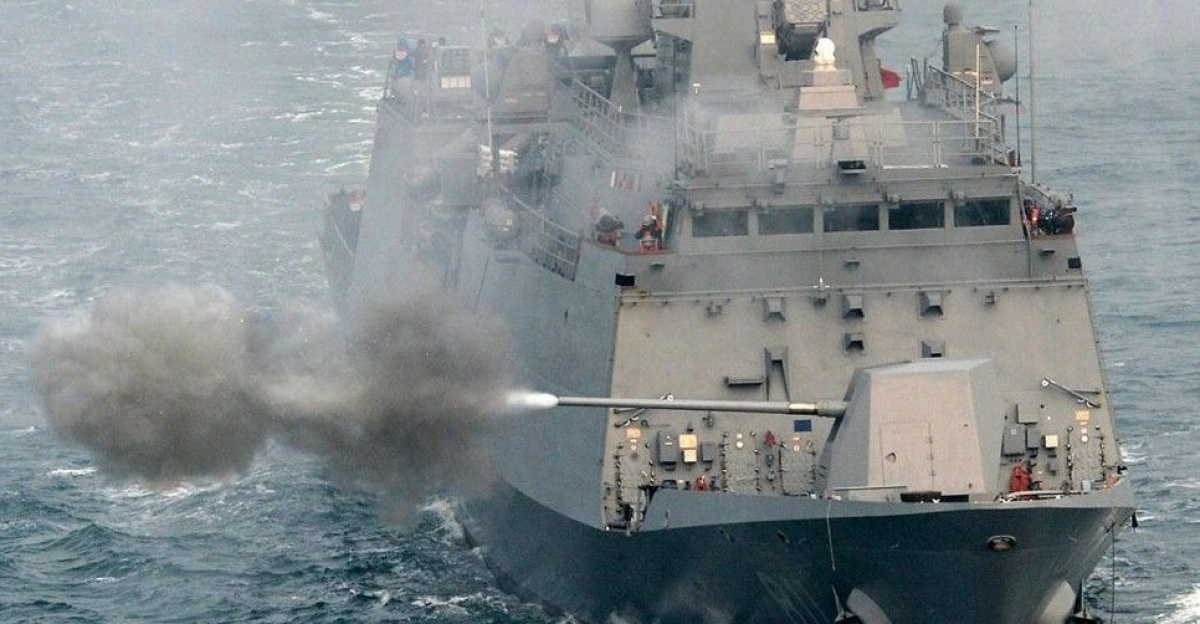
“This successful rearm event was the result of exceptional teamwork between the ship’s crew, shore support teams, and technical experts,” said Chief Warrant Officer Kevin Kodrin, according to the official Navy release.
He emphasized these exercises are “critical to validating our ability to safely and effectively reload at sea.”
Technology Evolution
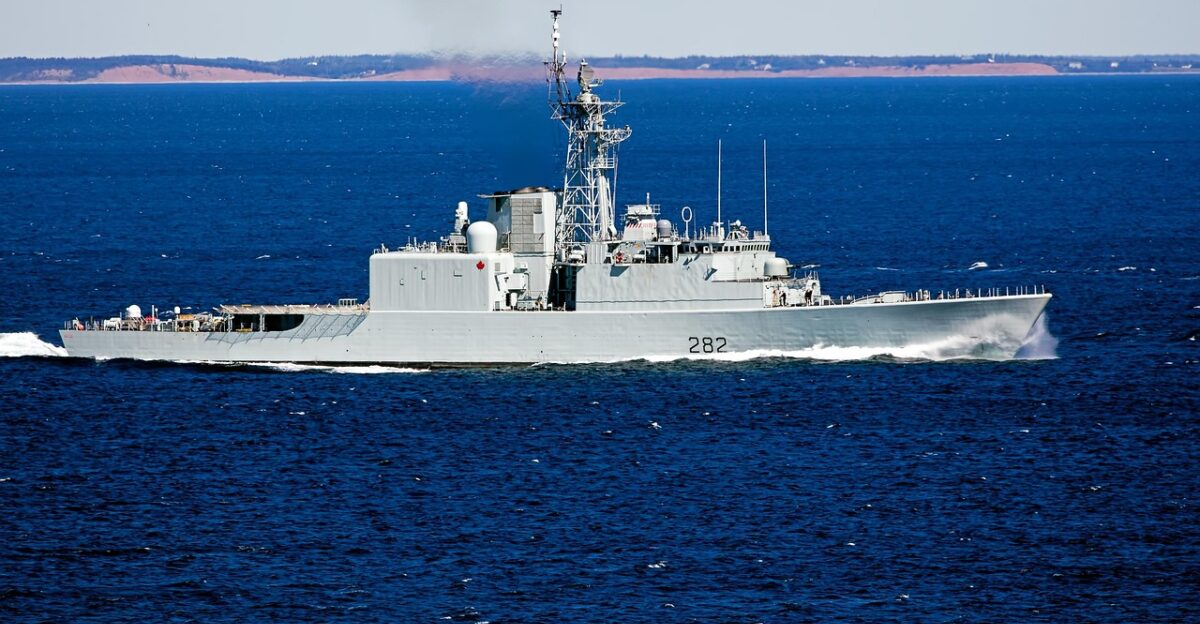
The Navy has implemented various reloading systems to enhance operational efficiency. One such system is the Transferable Reload At-Sea Method, which utilizes cables to transfer 25-foot missile canisters between ships.
Additionally, a more recent advancement is a frame-style reloader showcased during exercises. This innovative reloader can handle two missiles at once, potentially doubling the speed of reloading operations, as reported by Defense Updates.
Industrial Challenge
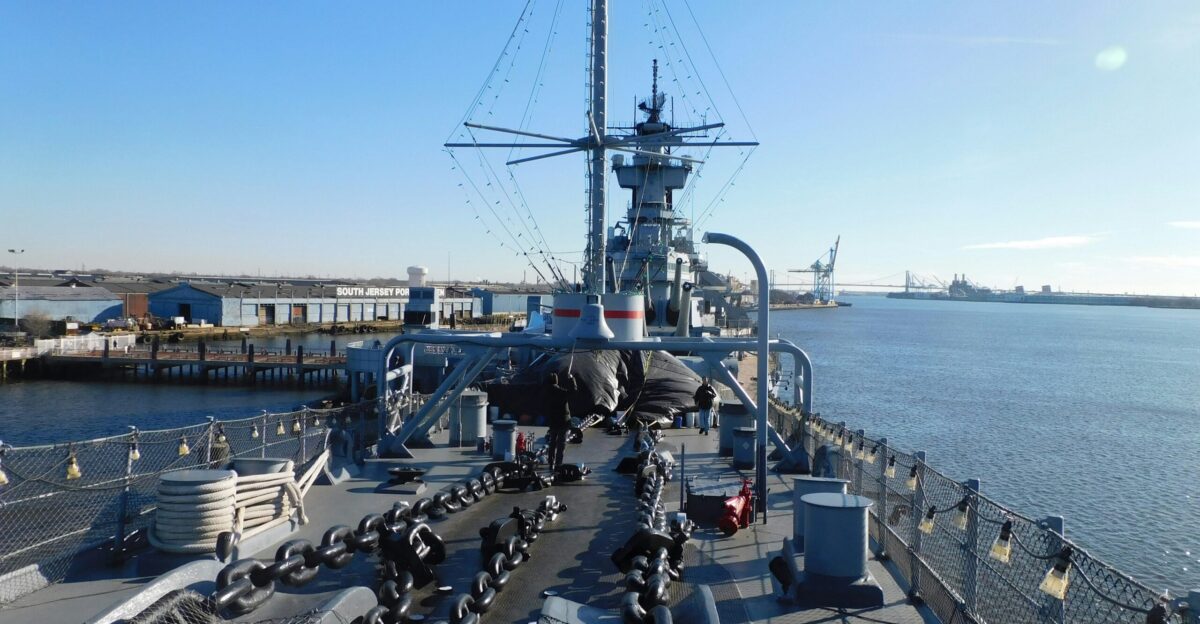
The United States’ missile production capacity appears inadequate for prolonged military engagements in the Pacific region. Reports indicate that the Navy could deplete its missile supplies within just a few days in the event of a conflict over Taiwan.
The production rate for Patriot missiles is 740 annually, with plans to increase this figure to 1,100 by 2027. This concern is underscored by the fact that Ukraine has been confronted with thousands of missile threats, as noted by Responsible Statecraft.
Cost Reality
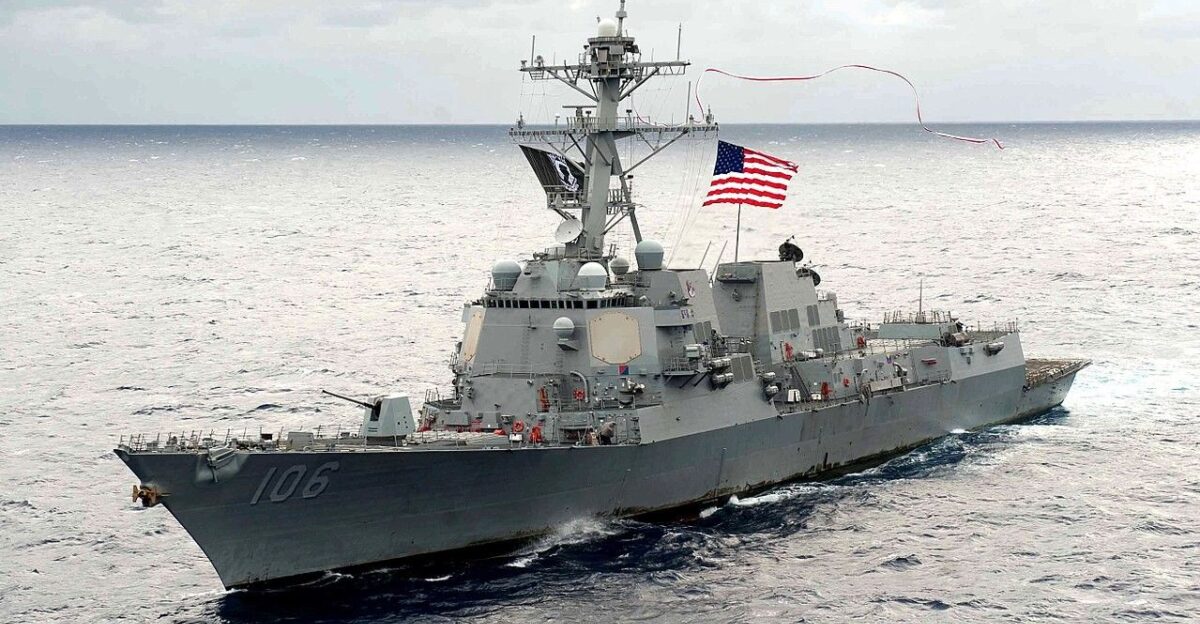
The cost of missile systems poses a significant challenge for naval defense strategies. The SM-6 missile is priced at over $4 million, while SM-2 interceptors are approximately $2.5 million. This creates a financial disparity when countering low-cost drones.
According to a CNN report, this “cost trap” is leading Navy ships to increasingly depend on more economical options such as 5-inch gun rounds and electronic warfare techniques to address these affordable threats effectively.
Leadership Urgency
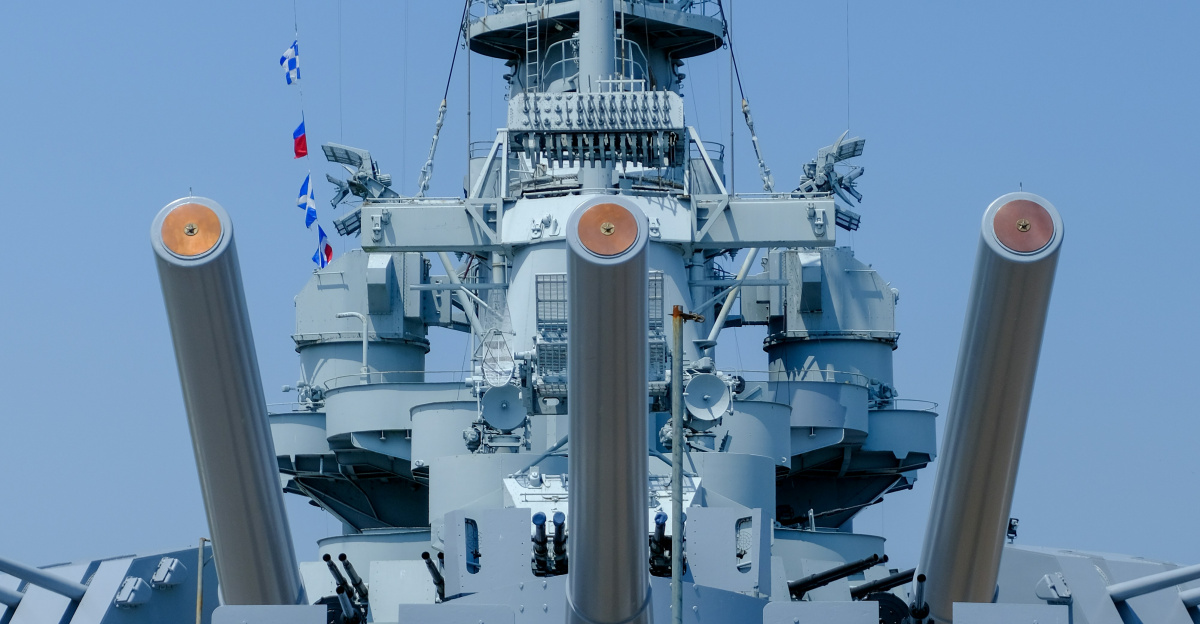
Navy Secretary Carlos Del Toro made at-sea reloading his top priority, warning “we simply cannot afford to give up two weeks for destroyers and cruisers to be able to reload,” according to The War Zone.
He described the capability as both “game-changing” and a “powerful deterrent” to US competitors.
Strategic Shift
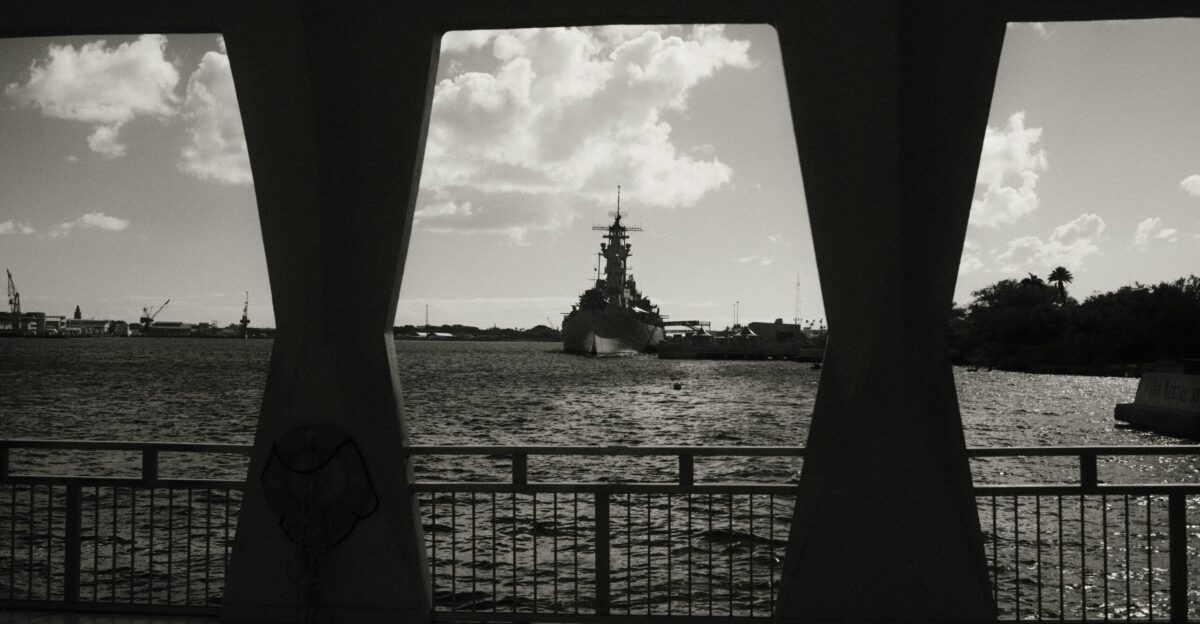
Del Toro revived the at-sea reloading initiative in 2022, stating, “Without the ability to rearm at sea, our service combatants must return to port, sometimes thousands of miles away.”
This represents a fundamental change from decades of pier-based missile loading operations, as reported by Defense News.
Testing Acceleration
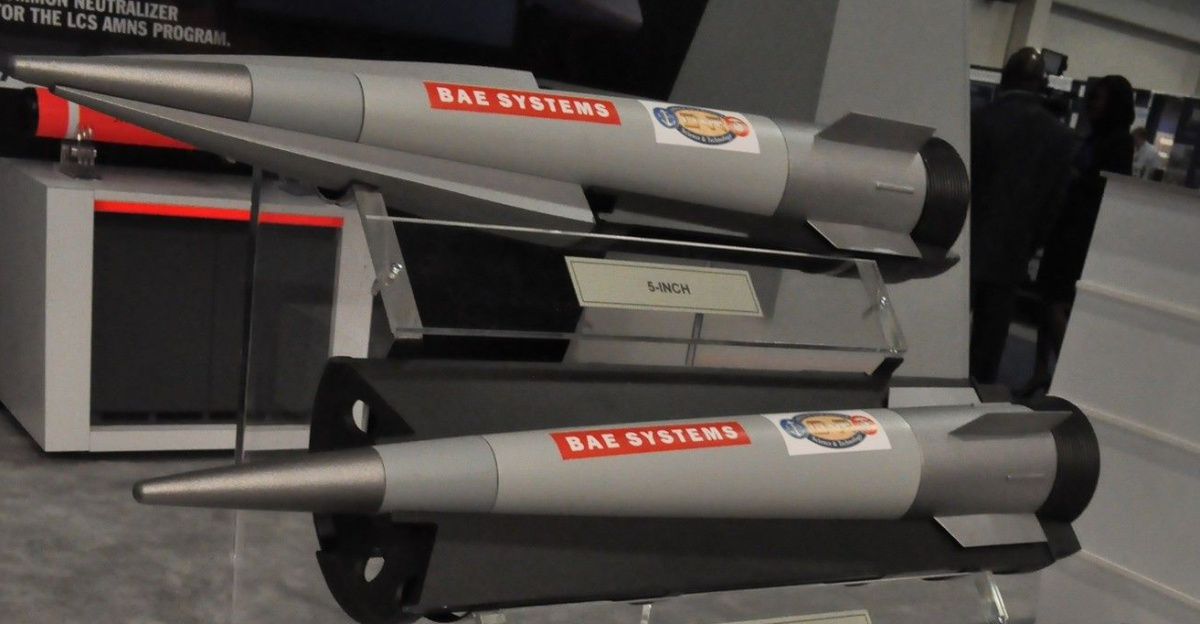
The Navy conducted its first successful reload demonstration in October 2024 aboard USS Chosin, achieving what officials called a “breakthrough in combat readiness.”
USNI News reported that the system successfully transferred missile canisters between ships in four-foot sea conditions, proving the concept works in realistic ocean environments.
Expert Concerns
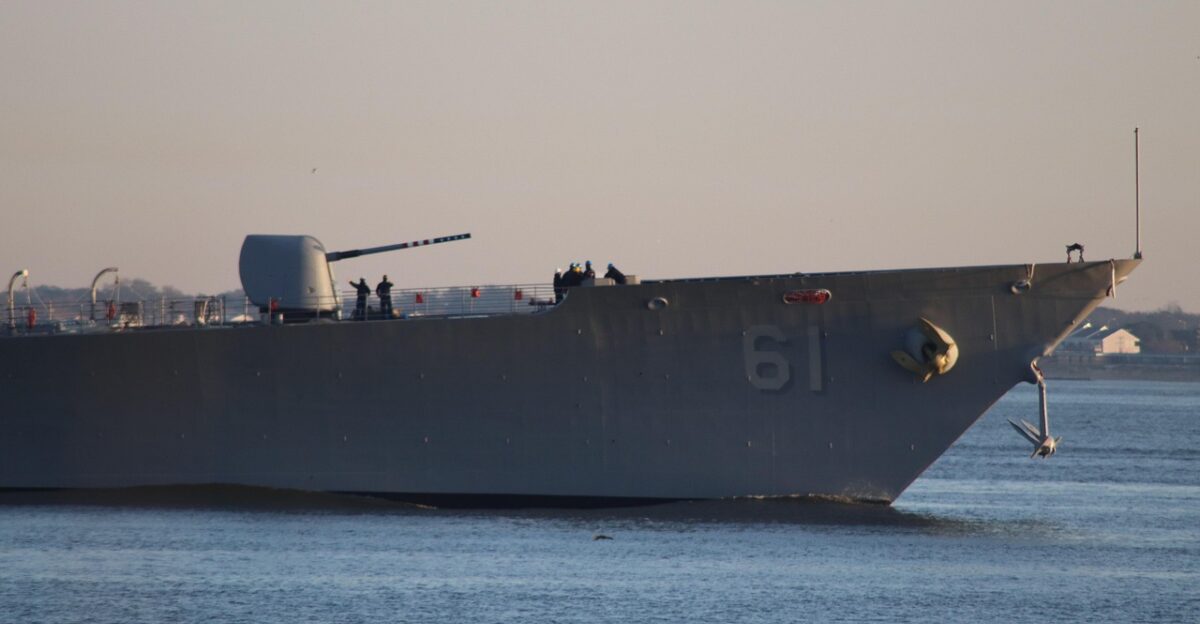
Naval analysts warn that while at-sea reloading represents progress, the systems remain untested in actual combat conditions where ships face active threats.
Business Insider reported that the ability to safely conduct complex reload operations under fire or in contested waters remains an open question.
Timeline Question
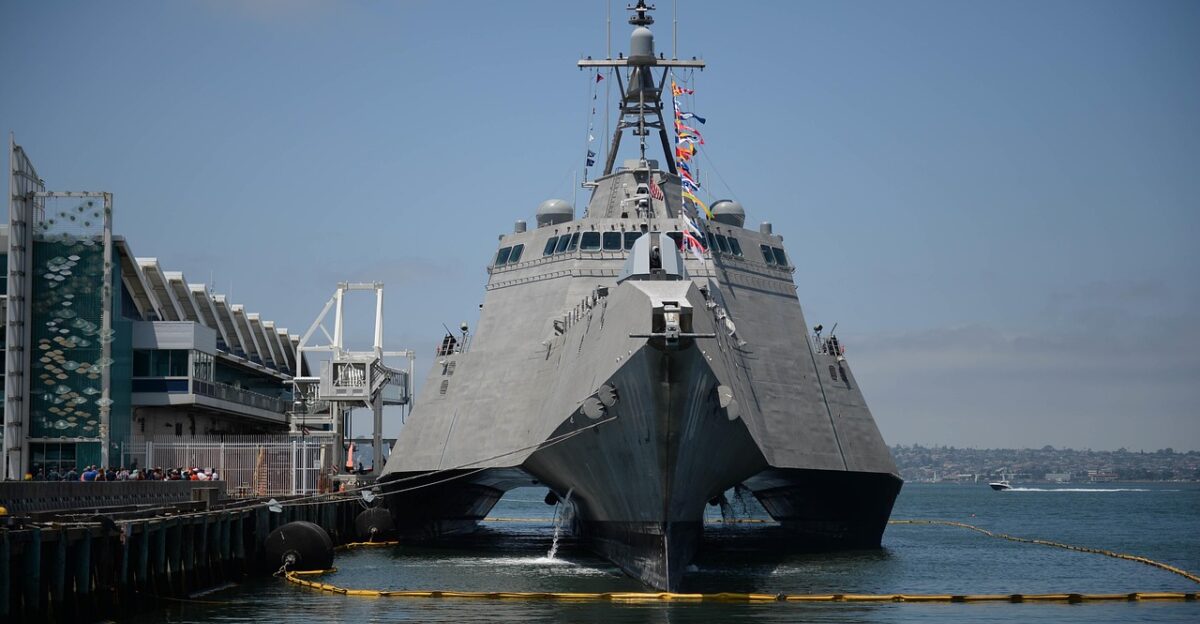
Navy leadership expects to deploy reload systems operationally within two to three years, but questions remain about scaling production and training crews fleet-wide.
The service must balance immediate readiness needs against the time required to perfect and distribute the technology throughout the Pacific Fleet.
Congressional Pressure
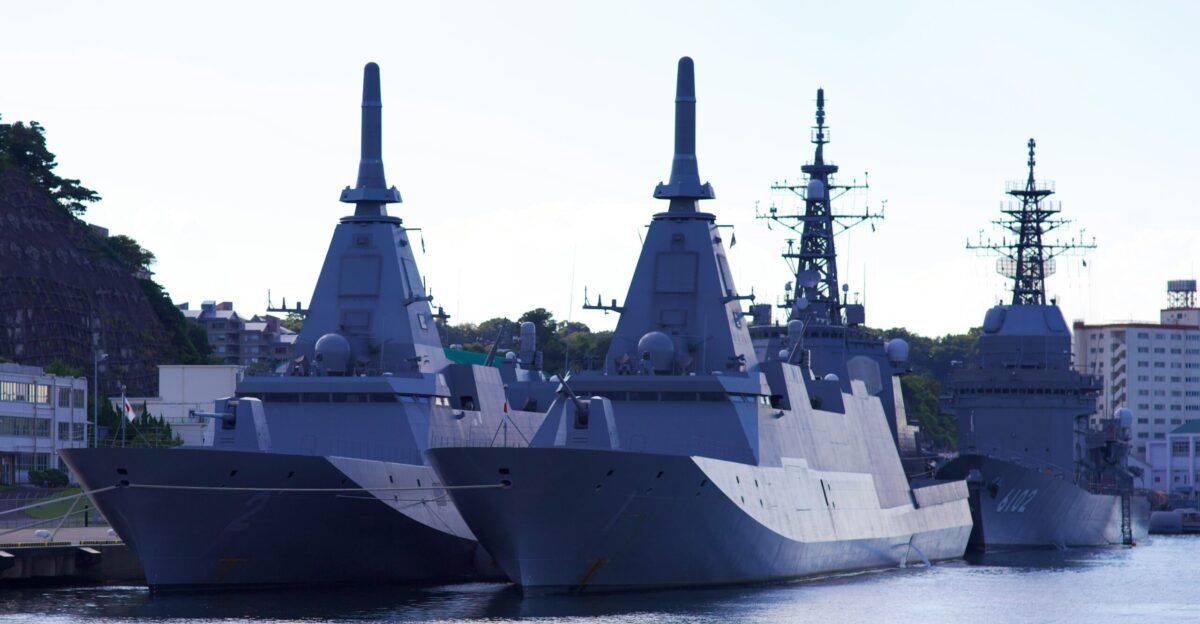
A congressional subcommittee raised concerns that the Navy is not progressing quickly in developing effective at-sea munitions delivery methods.
Defense Updates reports that lawmakers allocated $3.9 million in research funding for 2024, but critics argue that more resources are needed to accelerate development.
Allied Integration
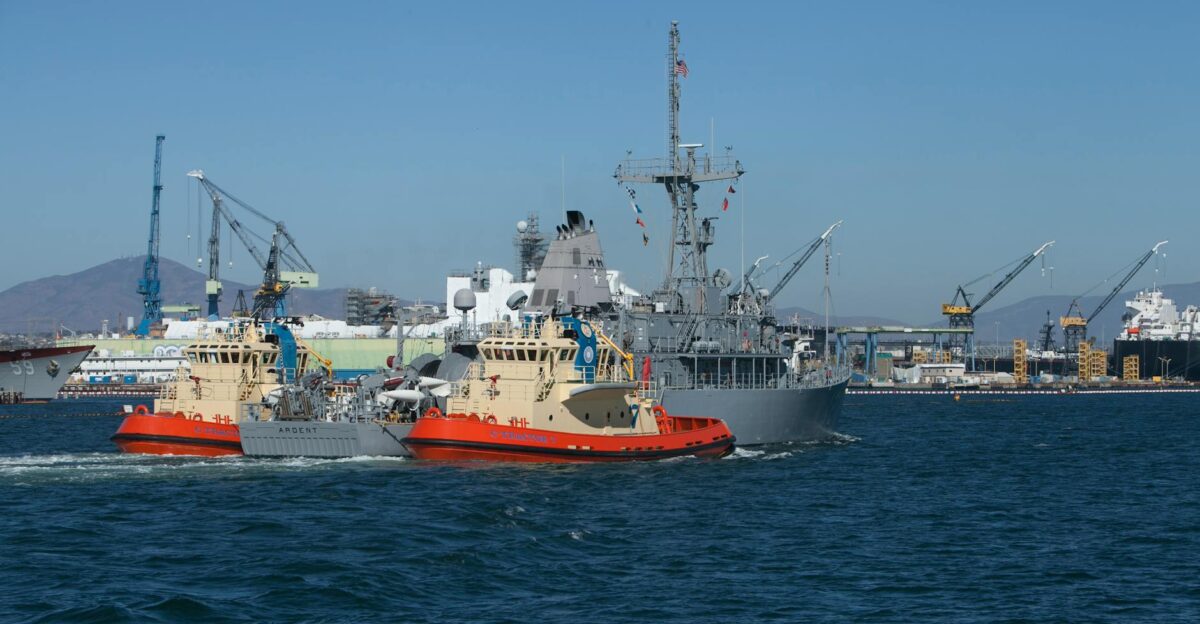
US-Japan defense cooperation could play a pivotal role in supplementing American naval capacity while deepening the alliance, according to the Institute of Geoeconomics.
Japan’s involvement in shipbuilding and logistics support represents a potential force multiplier for sustained Pacific operations against Chinese threats.
Legal Framework
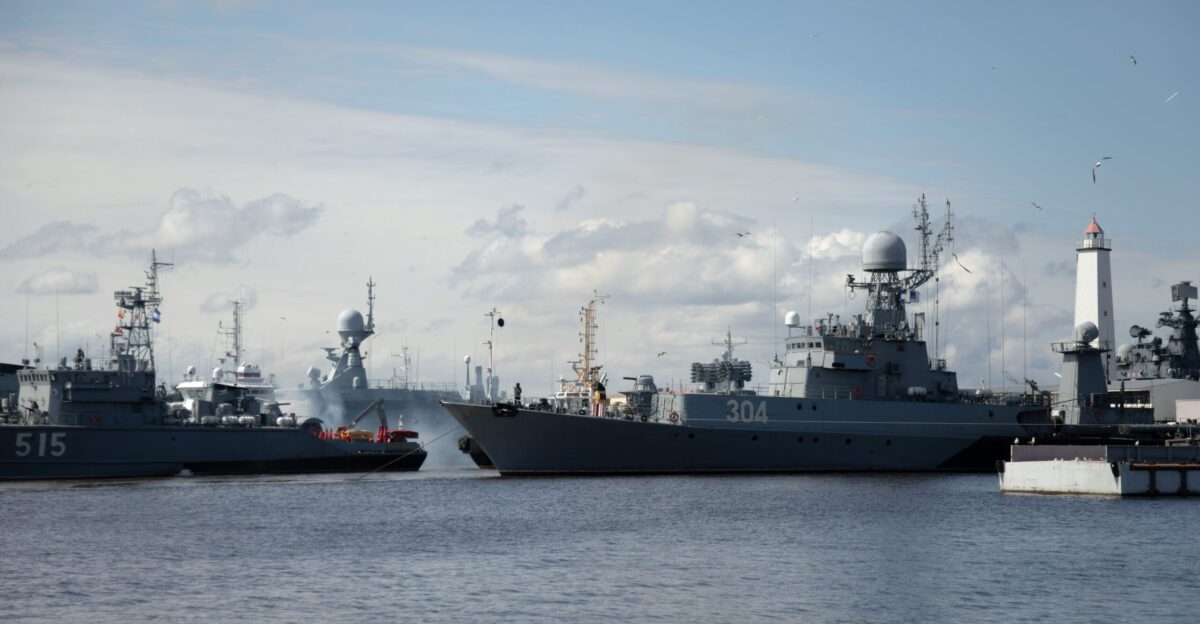
Under US law, America is legally required to counter any force that could threaten Taiwan’s security, and this includes a sustained naval presence in the Pacific.
This creates pressure for capabilities like at-sea reloading that can maintain combat readiness without withdrawing from contested regions.
Generational Change
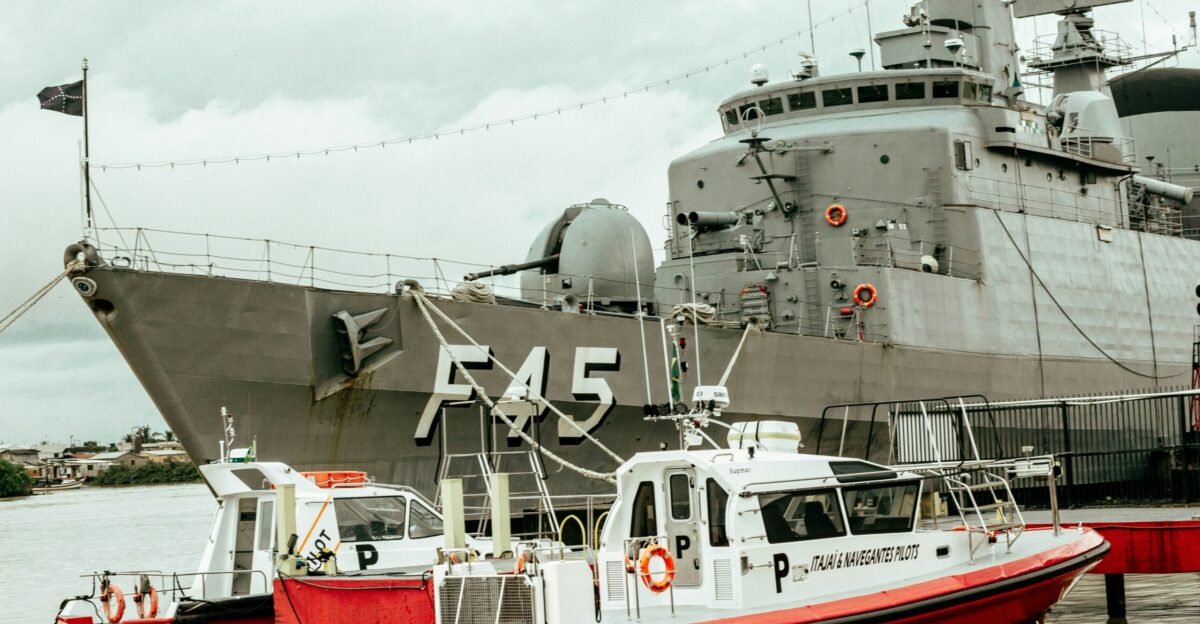
Today’s sailors are fighting with their ships in ways “they never thought they would,” facing anti-ship ballistic missiles and swarm drone attacks for the first time.
Business Insider reported that this represents a fundamental shift from Cold War naval operations to modern multi-domain warfare challenges.
Strategic Signal
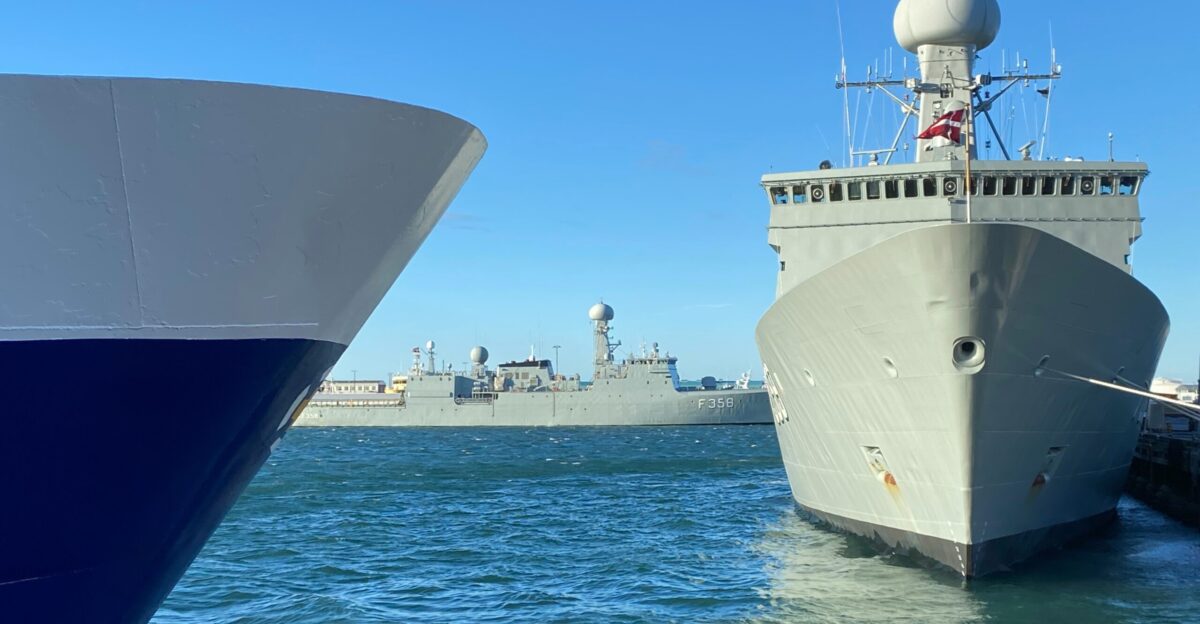
“This gives our warfighters a tremendous amount of agility to strike from sea, move, reload, reposition, and strike again,” said Rear Admiral Eric Anduze about the reload capability.
The USS Higgins demonstration represents a tactical breakthrough and a strategic message about America’s commitment to sustained Pacific operations despite China’s growing threats.